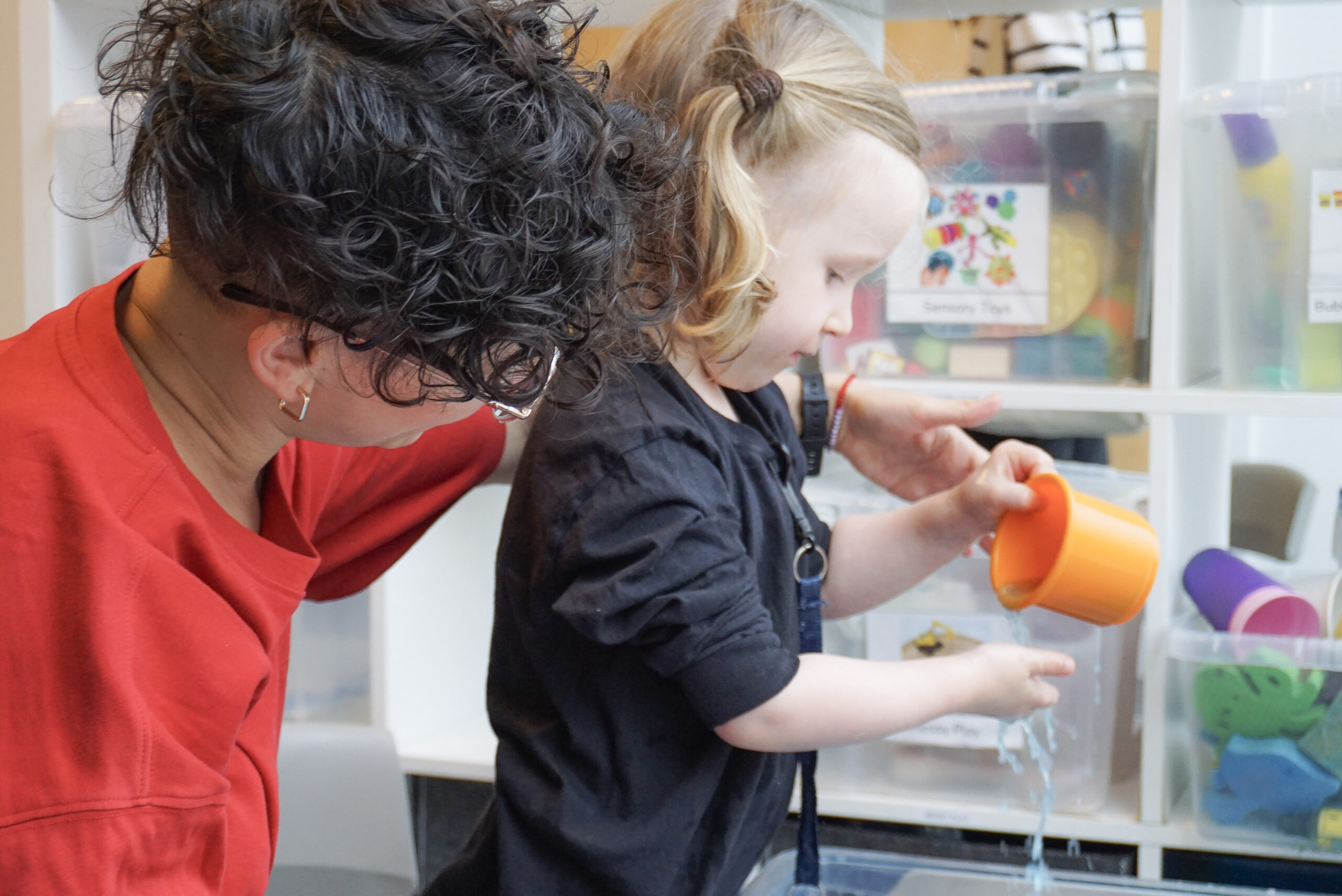
The summer holidays can be a welcome break for many families, but for autistic toddlers, the loss of familiar routines, environments, and support structures can be overwhelming. You may notice more meltdowns, changes in sleep or eating patterns, or a need for more reassurance and comfort.
At First Bridge Education, we understand that every child is unique and that supporting autistic children well means tuning in to their needs while creating a safe and predictable space for growth. That is why our summer support and early intervention programmes are carefully designed using evidence-based strategies grounded in play, communication, and relationship-building.
Whether your toddler is enrolled with us or you are navigating the summer at home, here are some gentle, practical ways to help your child feel safe, connected, and supported during the break.
1. Keep the Day Predictable with a Visual Routine
Autistic toddlers thrive on predictability. When nursery or school pauses for summer, having a visual daily schedule at home can help reduce anxiety and increase cooperation.
Use simple images or photos to show:
- Morning and bedtime routines
- Meal and snack times
- Play, rest, and quiet time
- Outings or special activities
Visual cues support understanding and prepare your child for what is coming next, especially helpful for transitions and changes.
At First Bridge, visual schedules are a key part of our structured environment. They help children feel confident and secure in what is expected.
2. Structure the Day without Over-Scheduling
A clear rhythm to the day gives children comfort, but too much activity can be just as hard as too little. Strike a balance by creating a loose structure with room for flexibility.
For example:
Morning – breakfast, movement or sensory play
Midday – lunch, quiet activity, rest time
Afternoon – outdoor play, snack, music or crafts
Evening – dinner, bath, bedtime routine
Allow your child to take the lead where possible, this builds confidence and nurtures their sense of independence.
Our team uses structured routines with built-in flexibility to support regulation while following the child’s motivation and interests.
3. Support Sensory Needs Proactively
Summer brings a lot of sensory change, hot weather, bright light, noisy outings. Be prepared by creating a calming “safe zone” at home with:
- Soft lighting and familiar textures
- Access to favourite sensory tools (e.g. weighted toys, fidget items)
- Water play, playdough, or kinetic sand for grounding
On days out, consider sunglasses, hats, and noise-reducing headphones. Let your child retreat and reset as needed, it is not avoidance; it is self-regulation.
We support every child’s sensory profile through individualised approaches that help them feel calm and in control.
4. Prepare for Transitions with Gentle Support
Whether it is a day out or a family holiday, transitions can be difficult. Autistic children often need extra time and support to shift from one activity or environment to another.
Try:
- Countdown timers (e.g. “5 more minutes”)
- “First–Then” language (“First snack, then walk”)
- Simple stories or pictures showing what to expect
At First Bridge, we use transition strategies that build understanding and reduce overwhelm and helping children fee l more confident in new situations.
5. Follow Their Lead Through Play
Play is where a lot of learning happens, but it does not have to look a certain way. Your child might prefer spinning wheels to pretend tea parties or lining up blocks instead of building towers. That is okay.
Join in on their terms:
- Imitate what they are doing
- Describe their actions (“You are spinning the wheel so fast!”)
- Offer small variations (“Can I roll it too?”)
This builds connection, supports communication, and helps extend attention and interaction in a way that feels safe and natural.
We use child-led engagement in all our early years and therapeutic provision, creating joyful, meaningful learning experiences.
6. Take Care of Yourself, Too
Supporting your child takes energy, patience, and a lot of love. Make space for your own rest and emotional wellbeing, even small breaks can make a big difference.
You do not need to be perfect. You just need to be present, responsive, and willing to learn alongside your child.
We work closely with families because we know that your wellbeing is central to your child’s progress.
First Bridge Education is excited to announce our FREE webinar: “Baby and Toddler Development Milestones: What to Expect from 0–48 Months”.
Presented by our School Principal and Clinical Director, Mikeala Green MSc., BCBA, this webinar is perfect for:
- First‑time or seasoned parents curious about developmental norms
- Anyone noticing delays or unusual developmental patterns
- Early-years professionals or childminders refreshing their milestone knowledge
Please register here to join us on Wednesday 16th of July at 6pm!

